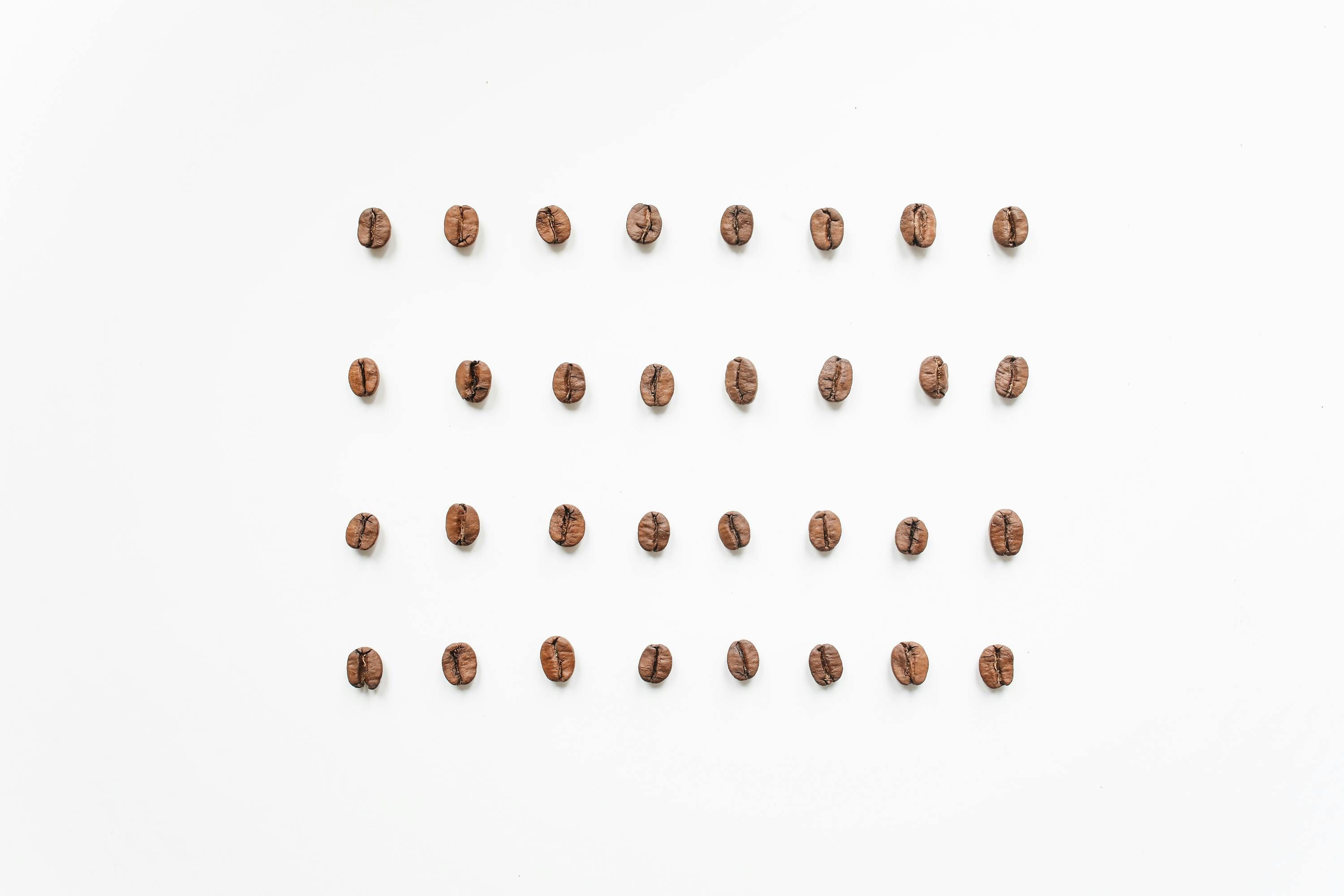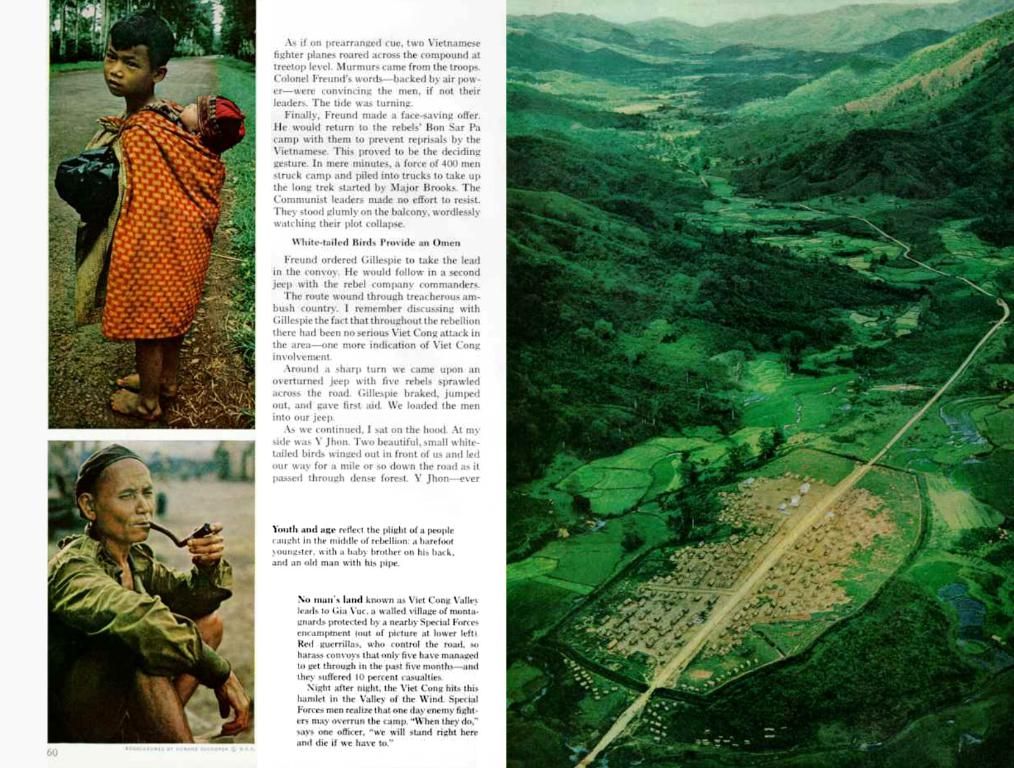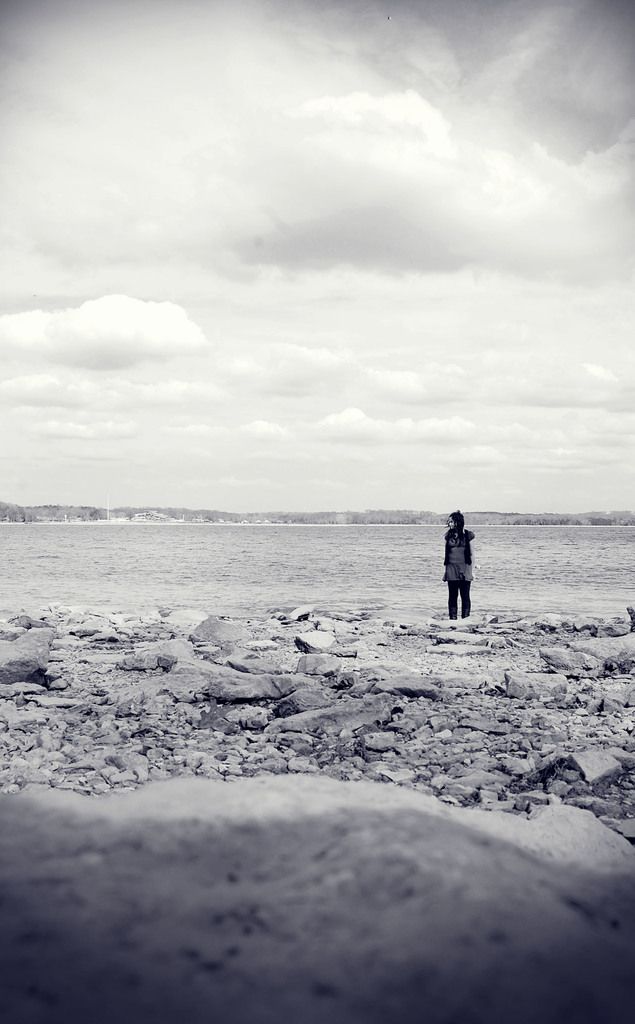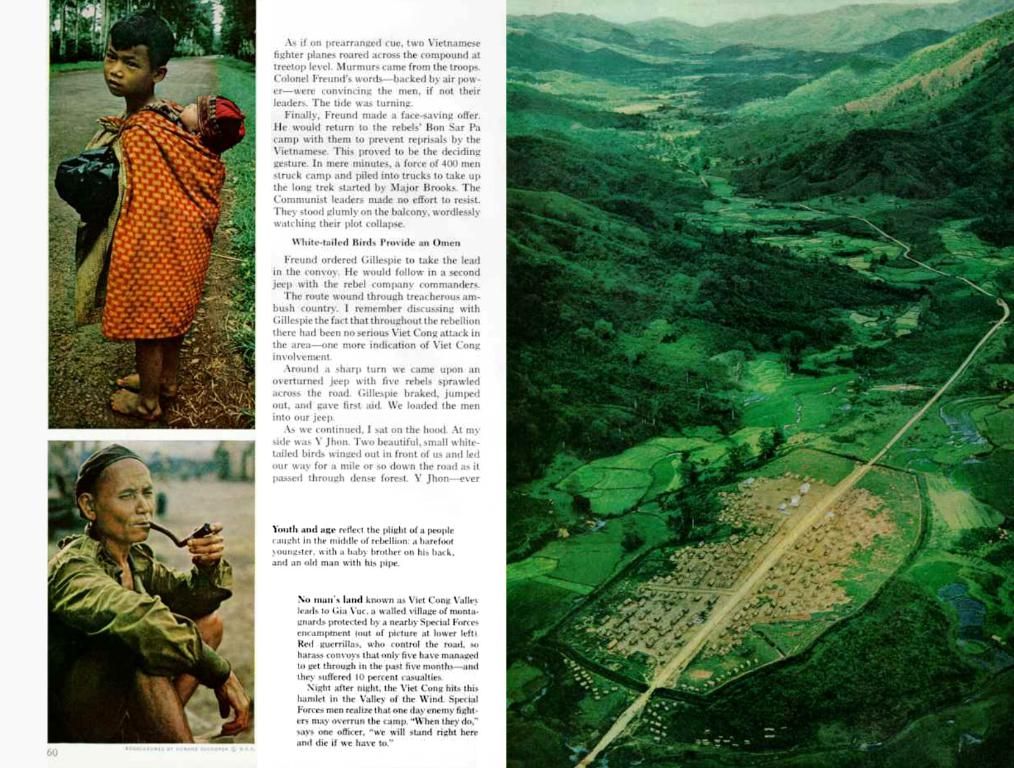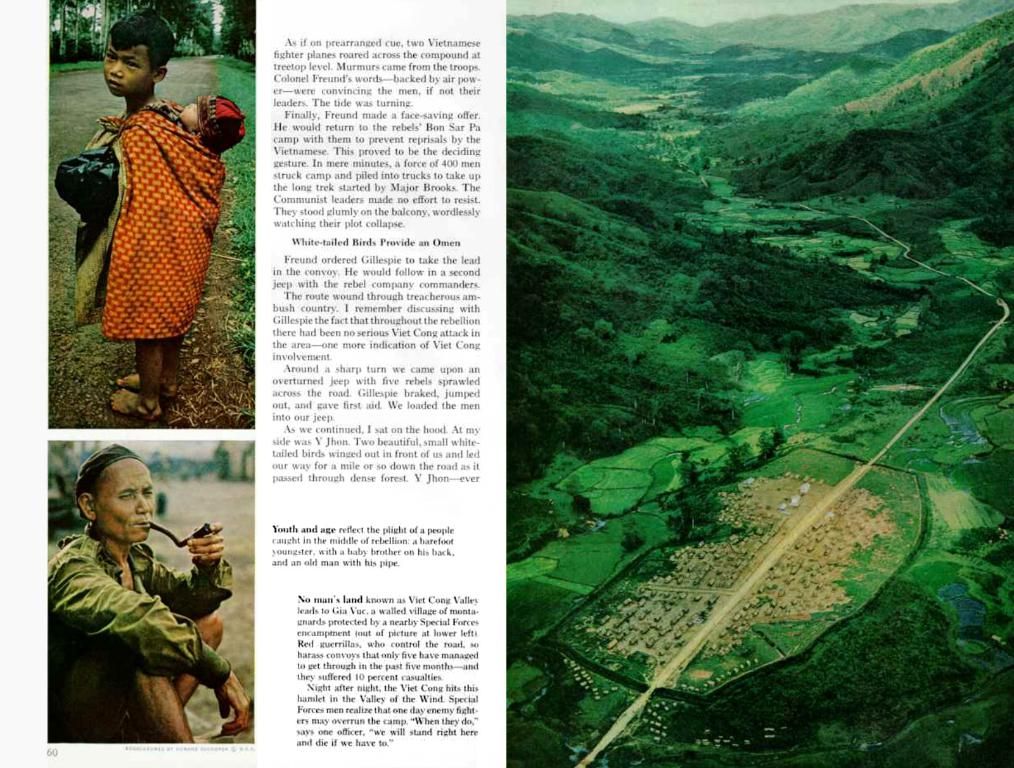Elevating Your Brew: Efficient Coffee, Physicist-Style
Weak coffee got you down? Physics pros share advice - Scientists Offer Suggestions in Physics Field
Here's a clever and cost-effective trick that'll satisfy your java cravings even when coffee is pricey - Spartrick. Physicists from the University of Pennsylvania have shared their insights on achieving a strong brew using minimal coffee powder in hand-brewed filter coffee. The key? Aim high: pour water in a steady stream from a decent height.
Start your day right, and make mornings conquerable with a cup of joe. Filter coffee tops the list of popular brewing methods in Germany, as reported by the Coffee Association, either made with an appliance or manually through a porcelain or plastic filter equipped with special filter paper.
The pour-over coffee trend is gaining momentum, with enthusiasts appreciating its slow, thorough brewing process. It involves pouring hot water in a circular pattern over freshly ground coffee powder. To create the ideal water stream, gooseneck water kettles come in handy, thanks to their specifically designed, goose-necked spout for a controlled pour.
Following the physics of fluids, physicists from the University of Pennsylvania suggest that a focused, steady water stream tends to trigger an "avalanche" in the coffee powder, promoting better mixing between water and coffee grounds. The secret? Pour from a good height and watch as the caffeinated goodness flows!
"Broad water streams can break down into droplets," explains Margot Young, a co-author from the University of Pennsylvania. "Avoid this, as it hinders the mix between the coffee grounds and the water."
The team combined both real coffee powder and laser-illuminated transparent particles in a glass funnel to observe the dynamic nature of the blend. Needless to say, the kitchen isn't just a place for cooking - it's a creative lab for ground-breaking scientific discoveries!
Germans consume around 163 liters of coffee per capita annually, as per the Coffee Association. With the global coffee trade being a major financial contributor for numerous countries, it's safe to say that this magic bean is a valuable commodity indeed. Keep in mind that the ongoing climate change could impact coffee production, with appropriate growing areas at risk, increased extreme weather events, and harvest failures looming on the horizon.
In Prussian times, there were coffee sniffers - individuals who could detect illegal home coffee roasting by their pungent aroma. The dutiful sniffers were employed by the state to protect the state-owned roasting plants during the reign of Frederick the Great.
With Spartrick in your coffee arsenal, you can now savor an expertly brewed, strong cup of joe at a fraction of the cost. Add this clever trick to the common traditional pour-over tips like using the correct water temperature, suitable coffee-to-water ratio, ideal grind size, and circling pouring technique for a delicious brew every time. Happy brewing!
- To achieve an expertly brewed, strong cup of coffee at a lower cost, consider the Physicists' trick named Spartrick, where pouring water in a focused, steady stream from a good height results in a better mix between water and coffee grounds, as suggested by Margot Young from the University of Pennsylvania.
- It is interesting to note that during Prussian times, individuals known as coffee sniffers were employed by the state to detect illegal home coffee roasting by their pungent aroma, as a means to protect the state-owned roasting plants during the reign of Frederick the Great.
- As coffee consumption continues to rise, with Germans consuming around 163 liters of coffee per capita annually, it's important to be aware of the potential impacts of ongoing climate change on coffee production, such as increased extreme weather events, harvest failures, and appropriate growing areas being at risk.
